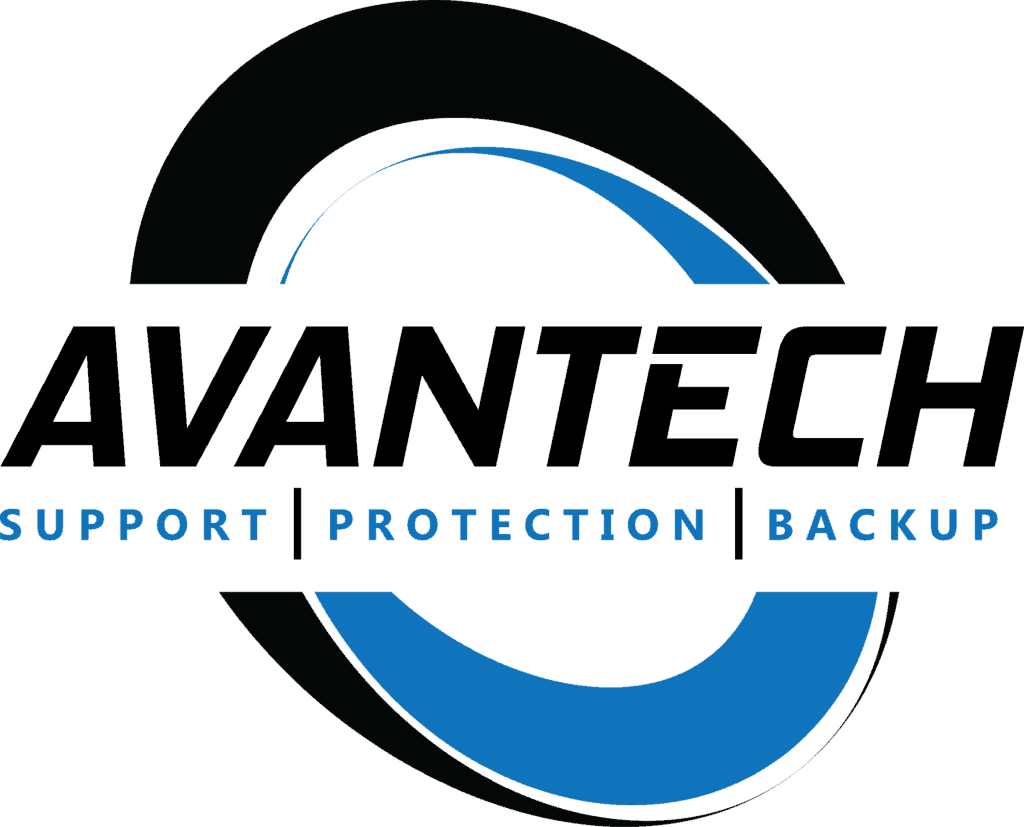Changes in global technology, accelerated by forces such as the pandemic, have pushed businesses into remote work models. Virtual resources help you run your applications and access your IT infrastructure online. However, if your IT business infrastructure is not completely cloud-based, you may experience hiccups in your remote work model.
Fortunately, you can rebuild your business infrastructure to serve your evolving needs and use a vendor to provide all your IT infrastructure on the cloud. Avantech provides Infrastructure-as-a-Service (IaaS) to help you rebuild your business’s IT architecture and hardware for permanent remote work.
What Is Sophisticated IT Infrastructure for a Small Business?
A simple and small-scale infrastructure may include basic devices such as laptops, phones, tablets, and an internet router with a few software packages such as Microsoft 365 for email storage.
While this type of infrastructure may work for your business during its infancy, it cannot support your long-term business growth. Managed infrastructure in the cloud gives you access to faster connectivity, scalable and secure storage, and access to technical support.
While you can create your internal IT infrastructure, the costs are prohibitive, and the physical resources tie you down to a physical location. IaaS is an effective solution for permanent small businesses.
With an IaaS service provider, you can access virtual desktops, operating systems, cloud-hosted applications, servers and storage, data centers, database management tools, and security tools. Furthermore, all the services are cloud-based, which means you and your team can access them with an internet connection. When your IT infrastructure is available on the cloud, you can collaborate remotely with your employees, customers, and vendors.
1. Use Desktop Virtualization to Provide a Seamless Work Experience
Virtualizing your desktop separates your desktop experience from the physical device. Desktop-as-a-Service enables you to provide consistent and convenient desktop access for your employees no matter where they are.
With virtual desktops, you can create as many endpoints (PCs, laptops, mobile devices) as possible. Your workers can access a consistent work environment even after losing old devices. Workers can also roam seamlessly between devices in real-time. However, you or your IT team can maintain central control of your IT resources and deploy applications rapidly to test new components and expand operations. Virtual desktops also reduce overhead costs for data storage since the desktop application are cloud-hosted. In addition, the virtualized environment creates a layered security architecture, while your business also enjoys security from the service provider.
With a managed service provider (MSP), you can delegate your desktop virtualization services and focus on running your team remotely.
2. Replicate Your Servers and Databases
It’s no longer a secret that business data is crucial for growth. However, the volume of the data generated by your business expands every day. As such, your local backups may not be sufficient to store your data in your business infrastructure.
Server replication copies and distributes your data between databases, and then synchronizes the databases to maintain consistency and the integrity of the data. Replicating data prepares a backup for your business data and prepares you for disaster recovery.
Since your data becomes replicated in the cloud, it is safe from your primary storage. Therefore, you can recover it in case of a disaster such as a fire or a burglary. Cloud replication is also less expensive than creating your own data center for database backups since it eliminates the costs of hardware, maintenance, and support.
Replicating your servers through an MSP is also more secure for your small business. The third-party provides physical and network security for your data. Furthermore, replicated data helps you scale your remote business on-demand.
You can increase and decrease your needs as needed without interrupting workflow. In addition, since you have no long-term contracts, you can save money by paying only for what you need.
3. Use VPNs to Secure Your Networks
Remote VPNs help your employees log into your company network from anywhere on the internet. With VPNs, you can ensure that only your employees access your resources. In addition, you can control what employees access within your business infrastructure. You obviously want to control access to information across departments and rankings.
More importantly, VPNs provide a securely encrypted connection to your network over public internet connections. This is a crucial layer of security against malicious intruders seeking to use your infrastructure, steal your data, or hold your information for ransom.
4. Create a System of Reliable Cloud-Hosted Applications

Application hosting, also known as Software-as-a-Service, is a model that allows you to access applications running on the cloud. Thanks to SaaS, you can run your business operations online, collaborate with employees and back up your data.
An MSP helps you find the right application hosting systems for your business software. With managed subscriptions, you can run your business operations online, such as accounting, meetings, training and development, and data analysis virtually.
Using cloud-hosted applications also helps you cut down on operation costs. You don’t have to invest in building underlying software. You can also use integrated software to share data across platforms and create a secure ecosystem for your business information.
5. Prepare Your Businesses Infrastructure for Disasters
Forces out of your control can change the entire course of your business. When these forces come, you need to have measures to mitigate the negative effects. Creating an emergency response plan helps you retain stability during disasters or stay afloat until you can scale once more.
Your IT infrastructure should support your disaster recovery by creating an off-premise reliable backup for your data, processes, networks, and clients. Contracting a third party, in this case, an MSP, is an effective way to access reliable backups and security for your small business at an affordable rate.
Your disaster recovery plan should also include security and access controls for private information. Once you have a new endpoint (new device) to access your data and networks, you can communicate with your employees, approve new endpoint devices, and pick up from your previous interactions remotely.
Optimize Your Business Infrastructure for Remote Work With an MSP
Partnering with Avantech is an affordable and convenient way to access the benefits of remote infrastructure. We help you operate your business virtually by providing access to IaaS at affordable rates for your small business. Reach out for more information by calling us at 1-800-681-5470 or submitting a query online.

